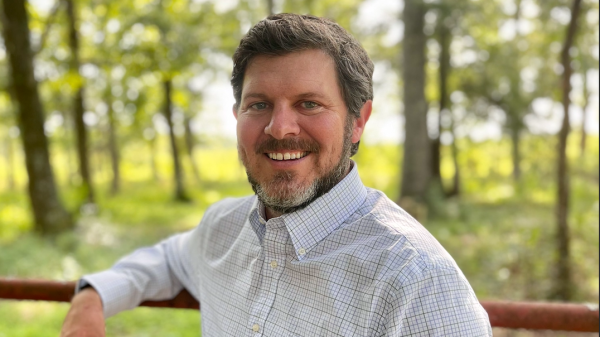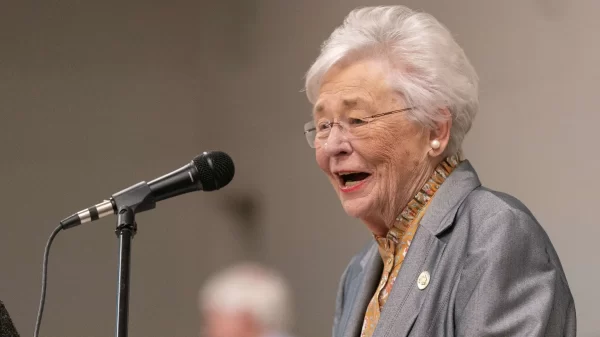By Stephen Stetson
Policy Analyst for Arise Citizens’ Policy Project
Spring cleaning sometimes turns up surprises. While reorganizing my desk recently, I found a 25-year-old report on one of today’s hottest policy topics: reform of Alabama’s overcrowded prison system. Sadly, many of its recommendations are still applicable today.
Stuffed amid other documents, the 1990 report by the Public Affairs Research Council of Alabama (PARCA) boasted a headline that would grab the attention of anyone following this year’s legislative session: “Deciding the Future Direction of Criminal Punishment in Alabama.”
This year’s General Fund budget crisis is largely a product of growing costs in Medicaid and corrections budgets, coupled with many lawmakers’ stubborn refusal to raise enough revenue to fund these services adequately. For too long, the Legislature has refused to address the financial and moral consequences of relentlessly packing people into our state’s prisons and jails.
Unsurprisingly, a quarter-century of procrastination hasn’t improved our options. The 1990 PARCA report tried to sound the alarm: “Rapid growth in the number of prison inmates was a major cause of the state’s General Fund problem throughout the 1980s, and the inmate population continues to rise today.”
Let’s be clear: Back when the classic movie “Home Alone” was dominating the box office, professors and policy experts were warning of a coming crisis. We refused to listen. During the 1980s, state appropriations to the Department of Corrections doubled from 8 percent of the General Fund to 16 percent. Those numbers seem downright quaint today, considering that corrections spending now consumes nearly a quarter of the General Fund.
Some things, however, haven’t changed. Back in 1990, PARCA reported that Alabama had more of its people in prison than most other states. Our affinity for locking people up remains intact in 2015. Perhaps for some lawmakers’ fear of being labeled “soft on crime,” our state has packed people into prisons until our system is at nearly twice its designed capacity. If we’re unable to solve this problem, the federal courts are likely to take over the entire prison system.
It would be easy to dismiss old headlines like “Something Should Be Done in 1991” with a sad chuckle that our state’s leadership didn’t heed the warning. But the human cost of Alabama’s corrections crisis is no laughing matter. Even those largely unconcerned with the plight of inmates eventually should be swayed by the growing chunk of our budget consumed by prison costs.
Alabama’s new Prison Reform Task Force has tried to address some of the issues driving this crisis. SB 67, the legislation carrying many of the task force’s recommendations, has passed the Senate and awaits what is sure to be a lively floor debate in the House. Its future is far from certain, but even if it isn’t watered down, it only would reduce the state’s prison population – now about 25,000 – by 4,500 inmates over the next five years.
The proposed prison reforms are a good first step, but they are only that: a first step. Legislators must find the fortitude to raise the revenue to invest in mental health care and drug courts, strengthen community corrections, hire more probation and parole officers, and pursue other proven techniques.
Investing in these changes now will save money later. Bold reforms could cut future corrections costs while reducing the chances that offenders will commit another crime after leaving prison.
If we don’t act now, Alabama’s prison crisis will only get worse. And a few decades down the road, someone will dust off the prison reform recommendations of 2015 and wonder, “Why didn’t they listen?”
Stephen Stetson is a policy analyst for Arise Citizens’ Policy Project, a nonprofit, nonpartisan coalition of 150 congregations and organizations promoting public policies to improve the lives of low-income Alabamians. Email: [email protected].














































